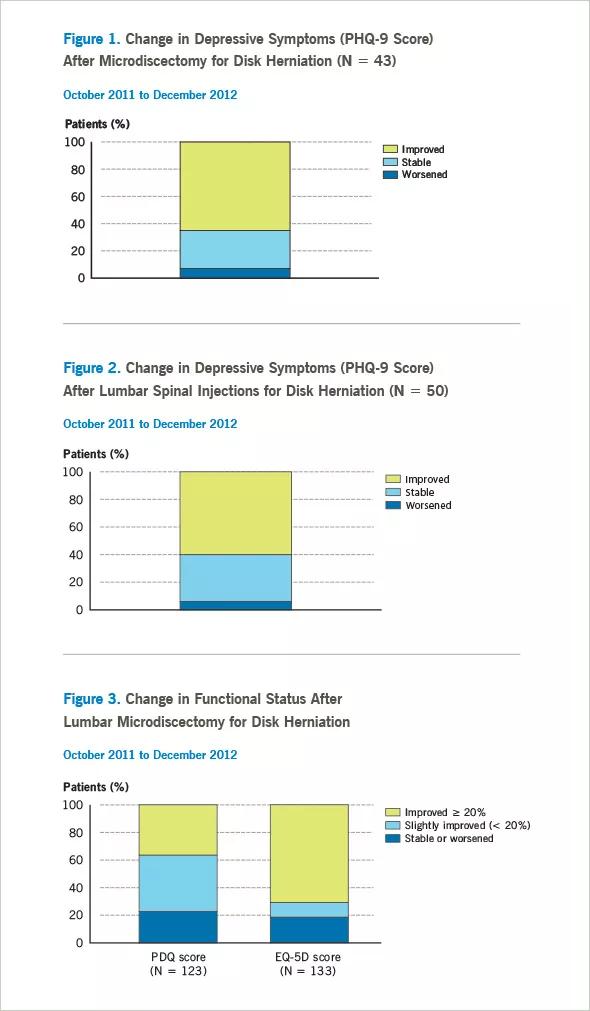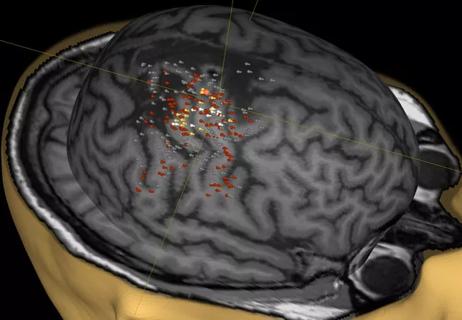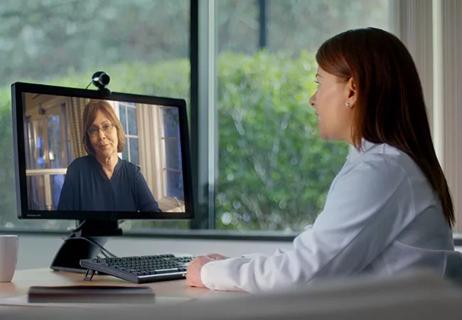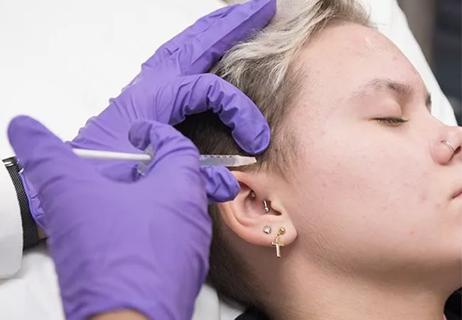Data collection tool does more than boost care quality

Cleveland Clinic is a non-profit academic medical center. Advertising on our site helps support our mission. We do not endorse non-Cleveland Clinic products or services. Policy
By E. Kano Mayer, MD; Ajit Krishnaney, MD; and Tagreed Khalaf, MD
Several years ago, leaders of Cleveland Clinic’s Neurological Institute had the vision to create a quality and outcomes tracking system capable of prospectively embedding multidomain performance data (outcomes data measuring function, quality of life, depression, anxiety, pain, etc.) into the patient’s electronic medical record. The aim was to attach these patient-reported data to every facet of care throughout the Neurological Institute, including the Center for Spine Health.
The resulting system — known as the Knowledge Program® — has become integral to our delivery of high-quality care and is being expanded for use in Cleveland Clinic institutes beyond the Neurological Institute.
Every month huge volumes of data collected via the Knowledge Program are analyzed and used to improve quality and address controversies in care management. A summary of yearly outcomes data, largely derived from the Knowledge Program, is available in the Neurological Institute’s Outcomes book.
Initially the Knowledge Program was a leap of faith. Today the data collected allow Cleveland Clinic to position its institutes and centers at the forefront of the value-based purchasing model.
The Knowledge Program shows its greatest utility in demonstrating treatment efficacy and outcomes to insurers, employers, government agencies and the public. In an age of increasing transparency, individuals want to know they are tipping the risk curve as well as the cost curve in their favor and away from expensive, unproven procedures backed only by marketing.
Cleveland Clinic’s Outcomes books reflect ongoing efforts at continuous quality improvement with simultaneous efforts to benchmark our diagnosis-specific treatments against the best prospective research findings available. The most important baseline measure is the ability to get both patient and provider to complete their respective performance measures at every visit to provide a longitudinal view of the patient’s health over a treatment episode.
To that end, the Center for Spine Health achieved a mean Knowledge Program completion rate of 75 percent in 2012, up from just under 70 percent in 2011. Among other important Center for Spine Health data for 2012:
Robust outcomes tracking has also led us to question previous assumptions common among physicians who treat spinal disorders.
A long-standing assumption holds that co-existing depression may reduce the benefit that patients derive from surgery or spine interventions. The multidomain performance measures we have embedded in the Knowledge Program reveal a trend toward improved or resolved depressive symptoms in the majority of patients who undergo common spine surgeries.
For example, in 2012 approximately 32 percent of patients with a symptomatic lumbar disk herniation had preoperative findings of at least moderate depression, defined as a Patient Health Questionnaire-9 (PHQ-9) score greater than 9. Following spine surgery, 61 percent of these patients had a clinically significant improvement in depression, defined as a PHQ-9 score reduction of five points or more (Figure 1), over a mean follow-up of 186 days.
Moreover, 29 percent of patients with symptomatic lumbar disk herniation had findings of at least moderate depression prior to a single spinal epidural injection. A clinically significant improvement in depression (defined as above) was seen in 60 percent of these patients after lumbar spinal injection and was maintained over a mean measurement interval of 157 days, with repeat measurements taken over 12 months (Figure 2).
Overall, approximately 80 percent of patients with symptomatic disk herniation who did not respond to conservative care and underwent surgery noted improvement in functional status as measured by the Pain Disability Questionnaire and improvement in health-related quality of life as measured by the EuroQOL instrument (EQ-5D) over 157 days of follow-up (Figure 3).
Findings from our Outcomes book bring into question whether preprocedure depression is indeed a negative prognostic indicator, as suggested by literature to date. Our findings seem to indicate that spinal procedures (surgery and injections) provide post-procedure physical and psychological benefits that would not be obvious from the prior published literature. These findings were echoed over multiple diagnoses and surgical interventions, including lumbar surgery for spinal stenosis, cervical surgery for disk herniation and surgery for cervical spondylotic myelopathy.
This unexpected result has led to new prospective research initiated by spine surgical fellow David Anderson, MD, and staff surgeon Ajit Krishnaney, MD.
Ongoing research is focusing on the potential incongruity of other long-standing assumptions in the treatment of spinal disorders. Most notable is the finding that 70 percent of Center for Spine Health patients with symptomatic lumbar disk herniation had only one injection within a 14-month measurement period. In those with second injections, the mean interval to the second injection was 136 days and the median was 124 days. Only 9 percent of patients went on to have surgery in the 14-month measurement period, in contrast to a rate of 48 percent of patients requiring surgery over a four-year period after spinal injections in a recently published study.
Standard beliefs among spine specialists that a “series of three” epidural injections is required, that a majority of patients with disk herniation will require surgery and that conservative care produces inferior results seem to not be borne out by three years of prospective observation cohorts. More stringent controlled studies are needed, but good outcomes work is leading the way in generating new scientific questions.
We look forward to keeping colleagues across the nation apprised of new insights into the treatment of spinal disorders through a rigorous commitment, backed by our powerful Knowledge Program tool, to tracking patient-reported performance measures.
Dr. Mayer is a medical spine specialist in the Center for Spine Health and a staff physician in the Center for Neurological Restoration.
Dr. Krishnaney is a spine surgeon in the Center for Spine Health with additional appointments in the Department of Neurological Surgery and the Cerebrovascular Center.
Dr. Khalaf is a medical spine specialist in the Center for Spine Health.

Figure 1. Change in depressive symptoms following microdiscectomy for disk herniation.
Figure 2. Change in depressive symptoms following lumbar spinal injections for disk herniation.
Figure 3. Change in functional status following lumbar microdiscectomy for disk herniation.

A noninvasive approach to map eloquent areas before surgery

Physician reimbursement policy experts join forces with IT and coders to enable digital transformation

Minority Stroke Program focuses on outreach to racial and ethnic minority communities

Excellent response seen with ongoing use in patients as young as 11

Q&A with a psychiatrist in Cleveland Clinic’s Transgender Surgery and Medicine Program

Time constraints, language barriers, substance misuse, mood disorders targeted for improvements

Project draws $1.6M to leverage telemedicine to create medical home, ease transition to adult care

Comorbid depression is only one of the likely warning signs